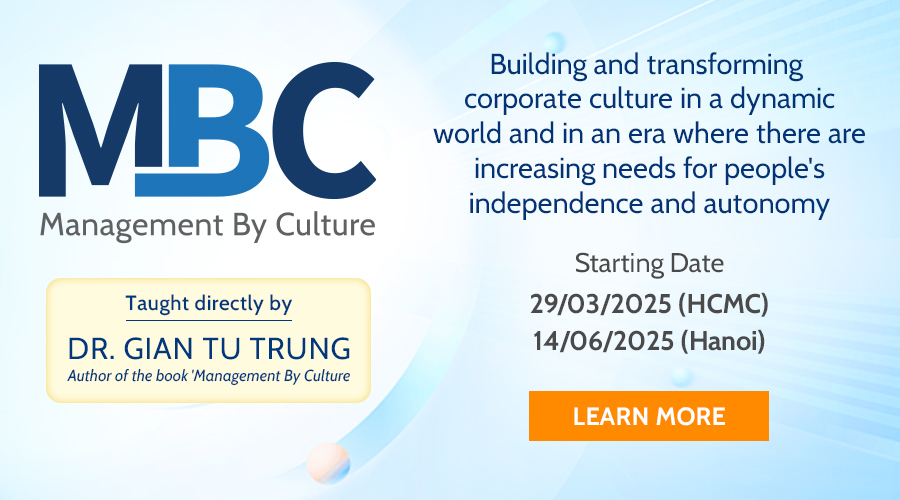In most organizations, culture and strategy tend to be discussed in separate conversations, besides that this factor also makes the development strategy for enterprises.
Executives know that culture is important and that a negative culture can hurt company performance, but they often don’t know what to do about it. Or they attempt to improve the situation by launching a culture initiative to “make the workplace more positive.” What most executive teams typically fail to do is to connect the company’s culture with how the company makes its strategy work. But most of the leaders often ignore the cultural connection of business with the operating strategy, because they think that culture should not engage in business or management.
But the story of Starbucks has proven to the contrary, they used the idea of culture as ordinary but can create effective strategies worldwide. They built the cafe chain positions itself not just as a seller of coffee but as an experienced provider, creating a “third place” for conviviality beyond home and the workplace. Walk into a Starbucks anywhere in the world people will feel the atmosphere comfortable and quite pleasant, not only that the behavior, service staff restaurant treats guests also sympathy for everyone.
Not only outside the specialty coffee, Starbucks also create business connections with the humane, the participation of the community to make up this configuration for the cultural peculiarities of this business.
It can be said, the enterprise possesses a strong corporate culture that will help achieve the goal, as well as fast and effective than vision. Over many years, Starbucks has built a capability to foster a relationship-driven, employees-first approach, which encourages staff to form close bonds with each other. Called “partners” rather than employees, even part-time staff (in the U.S.) receive stock options and health insurance. At the height of the global financial crisis, when other companies were cutting HR costs wherever they could, Starbucks invested in staff training, including coffee tastings and courses that ultimately qualified for credit at higher education institutions. Former company president Howard Behar believed that employees who feel cared for will care about their customers.

The cultural environment that Starbucks creates efficiency is enhanced respect for transubstantiation as well as enabling them to work at full capacity. One former Starbucks worker noted that “nobody at Starbucks ever ordered anyone to do anything. It was always: “Would you do me a favor?” Or something similar”.
Starbucks understands that effective working environment will make an effective corporate culture, an effective corporate culture will make effective business strategy. Main intelligent comments helped Starbucks become successful business after decades of operation.
Conversely, if the company culture and strategy do not fit together will be difficult to make up that link sustainable operation. Every company has its own distinctive culture — the reservoir of behaviors, traits, values, and mindsets that people in an enterprise share. But cultures are complicated, with hundreds of disparate elements. Often, these elements are not good or bad in and of themselves, but they have aspects with both positive and negative implications.
So, when most companies try to improve their culture, they focus on the negative aspects and try to fix them. This sounds reasonable, but what Paul Leinwand (PwC’s Global Managing Director) learned is that the opposite approach is much more successful.
Businesses should define positive attributes of their culture and to know when to push her favorable factors, while reducing risk and improving speed and scaling organizations. Should empower managers and key employees, who make up the positive aspects that can help shape the initial positive culture for business if this time is not a cultural background. From initial culture will gradually grow with the core decisions will help shape a better strategy as well as corporate vision, because the culture of the business carrying business strategy identity was.
Source Harvard Business Review









.jpg)
.jpg)
